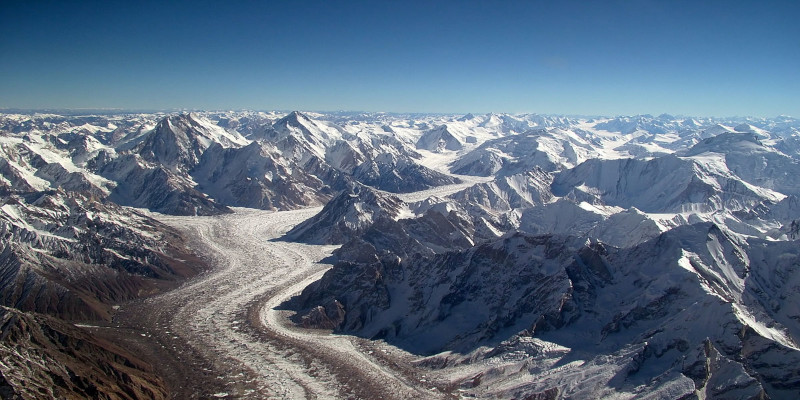Southeastern Tibet is one of the most glaciated parts of the Tibetan Plateau, both now and in the past. The development of a provisional chronology of Quaternary glacial cycles in this area has been made possible by numerical dating of glacial deposits, with the oldest glaciation (Guxiang Glaciation) occurring in marine oxygen isotope stage 6. (MIS-6). However, several places on the Tibetan Plateau and its surrounding mountains have been reported as having glaciations prior to MIS-6, raising the question of whether southeastern Tibet, as a major glaciation center both now and during the Quaternary, ever had a glaciation prior to MIS-6.
Present evidence for a glacier advance that predates the Guxiang Glaciation in the Bodui Zangbo River valley in eastern Nyainqêntanglha, southeastern Tibet. There is a degree of discontinuous valley shoulders in the Bodui Zangbo main valley that is 500-600 m above the Guxiang Glaciation moraine. There are distinct glacial deposits on some of the valley shoulders, which are relatively well preserved on shoulders at Nitong, Baiyu, and Qingduo. These glacial deposits could have been deposited by a glacial expansion that occurred before the Guxiang Glaciation in MIS-6, according to morphology. The authors called the newly discovered glacial advance the Nitong Glaciation because the morainic morphology of the glacial deposits at Nitong is the most characteristic of the three sites.
The Ti-Li-center ESR (electron spin resonance) signals were used to date the glacial deposits at Nitong and Baiyu. Using a standard kernel density feature, the deposition age of the glacial deposits was calculated to be 580.697.3—465.286.6 ka after removing outliers, yielding a peak age of 506.360.4 ka (1 uncertainty). Given the age error and global climatic conditions, the Nitong Glaciation is most likely to have occurred during MIS-12, but it may have occurred during MIS-14 or even earlier. Many other sites on and around the Tibetan Plateau have confirmed the glacial advance during MIS-12. The widespread glacier advance in and around the Tibetan Plateau during MIS-12 was most likely caused by the combining of two vital drivers (surface uplift of the Tibetan Plateau and its surrounding mountains, and decreased temperatures during MIS-12).
The discovery is crucial for a deeper understanding of southeastern Tibet’s Quaternary glacial cycles and tectonic uplift.
Picture courtesy:- https://simple.wikipedia.org/wiki/Glacier
https://phys.org/

